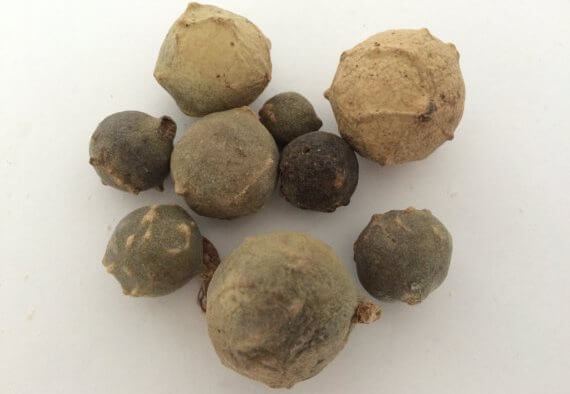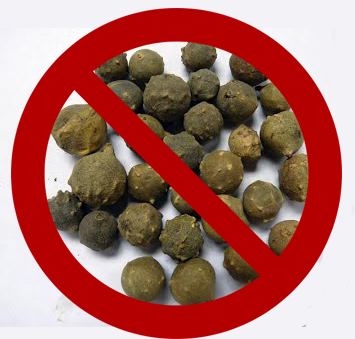Kingdom Plantae Family Fagaceae Section Cerris | Order Fagales Genus Quercus Species Quercus infectoria | |
 | ||
Ishtamaanu nooruvattom manjakani kani konna kombile
Manjakani is the name used in Malaysia for the galls of the Quercus infectoria tree (Aleppo oak) a species of oak, that have been used for centuries in softening leather and in making black dye and ink.
Contents
- Ishtamaanu nooruvattom manjakani kani konna kombile
- Cara cara membuat air manjakani dan khasiatnya mykomunitikreatif mykif
- Name
- Occurrence
- Description
- Constituents
- Tannins from the nutgalls
- Uses of the galls
- Tanning
- Medical laboratory techniques
- Pharmacology
- Teeth and gum remedy
- Uterine and vaginal therapy
- References

Cara cara membuat air manjakani dan khasiatnya mykomunitikreatif mykif
Name

In Malaysia and Indonesia the galls of the Quercus Infectoria tree are known as Manjakani and in India Majuphal among many other names.
Occurrence
Quercus infectoria is indigenous to parts of southern Europe (Greece and the East Aegean Islands) and the Middle East (Turkey, Cyprus, Iran, Iraq, Kurdistan, Lebanon and Syria). It also grows in South and Southwestern Asia.
Description

The galls arise on young branches of the Quercus Infectoria tree when gall wasps sting the oak tree and deposit their larvae the chemical reaction causes an abnormality in the oak tree causing hard balls to be formed. They are corrugated in appearance.
Constituents
The main constituents found in the galls of Quercus infectoria are tannin (50-70%, the highest naturally occurring tannin concentration) and small amounts (2-4% each) of free gallic acid and ellagic acid, which are polymerized to make tannins. Other constituents are syringic acid, β-sitosterol, amentoflavone, hexamethyl ether, isocryptomerin, methyl betulate, methyl oleanate and hexagalloyl glucose.
Tannins from the nutgalls
Tannins comprise a large group of natural products widely distributed in the plant kingdom. They have a great structural diversity, but are usually divided into two basic groups: the hydrolyzable type and the condensed type. Hydrolyzable tannins include the commonly occurring gallic and ellagic acid contained in the nut galls.
Hydrolyzable tannins are present in many different plant species but are found in particularly high concentrations in nut galls growing on Rhus semialata (Chinese and Korean gallotannins) and Quercus infectoria (Turkish and Chinese gallotannins), the seedpods of Caesalpinia spinosa (Tara tannins), and the fruits of Terminalia chebula. The gallic and ellagic acid hydrolyzable tannins react with proteins to produce typical tanning effects; medicinally, this is important to topically treat inflamed or ulcerated tissues.They also contribute to most of the astringent property of manjakani and in small insignificant doses, are great for skin whitening and killing microorganisms.
Although both types of tannin have been used to treat diseases in traditional medicine, the hydrolyzable tannins have long been considered official medicinal agents in Europe and North America. They have been included in many pharmacopoeias, in the older editions in particular, and are specifically referred to as tannic acid. These were recommended for treatment of inflammation and ulceration, including topical application for skin diseases and internal use for intestinal ulceration and diarrhea. In China, tannin-containing substances, such as galls, pomegranate rinds, and terminalia fruits, are used in several medicinal preparations.
Uses of the galls
Nowadays, gall nut extracts are widely used in pharmaceuticals, medical laboratory techniques as well as inks which use "Aleppo tannin", food and feed additives, dyes, and metallurgy.
Tanning
Tannin, a substance contained in the galls of the Quercus infectoria, has been used for centuries for the tanning of leather.
Medical laboratory techniques
The so-called "Aleppo tannin" is tannic acid gained from Aleppo pine galls, which displays unique chemical properties essential in the preparation of gold sols (colloids) used as markers in immunocytochemistry.
Pharmacology
The wide range of pharmacological activities of this plant might support the efficacy of extract preparation of Quercus infectoria that have been widely used in Malaysia for centuries for treating a variety of health problems. The galls of Quercus infectoria have been pharmacologically documented to possess astringent, antidiabetic, antitremorine, local anaesthetic, antiviral, antibacterial, antifungal, larvicidal, anti-inflammatory, antiamoebic, and are used to treat skin infections, gastrointestinal disorders.
Teeth and gum remedy
Also known as majuphal in Indian traditional medicine, manjakani has been used as dental powder and in the treatment of toothache and gingivitis.
Uterine and vaginal therapy
The galls, locally known as manjakani in Malaysia, are used in combination with other herbs as drinking remedies by women after childbirth to restore the elasticity of the uterine wall, and in many vaginal tightening products. The extract of manjakani was claimed by the Malay Kelantanese to be highly beneficial for postpartum women. Hazardous effects of the extract were not reported so far. In addition, the Arabs, Persians, Indians, Malays and Chinese have traditionally used the galls after childbirth to treat vaginal discharge and related postpartum infections.
